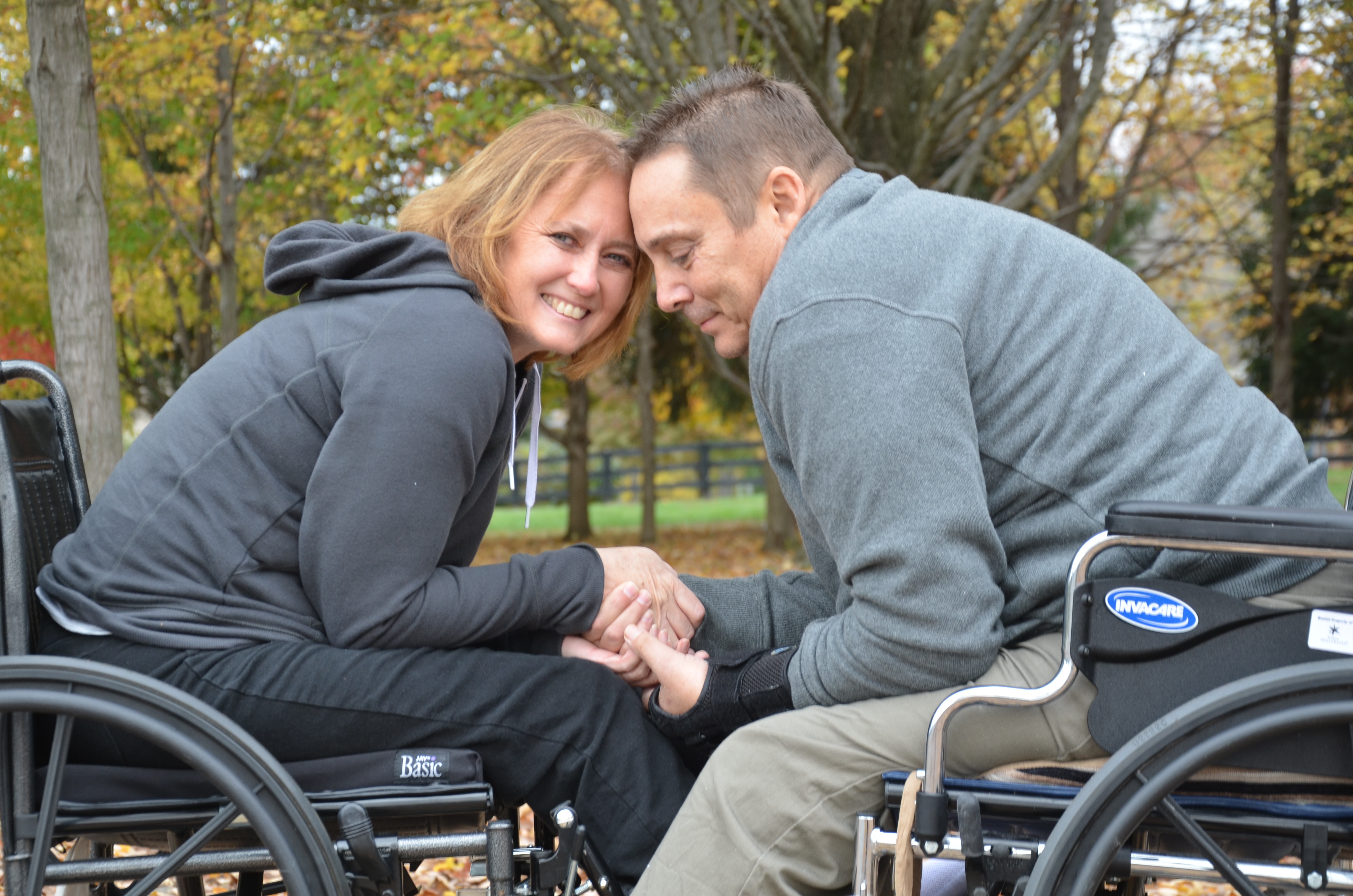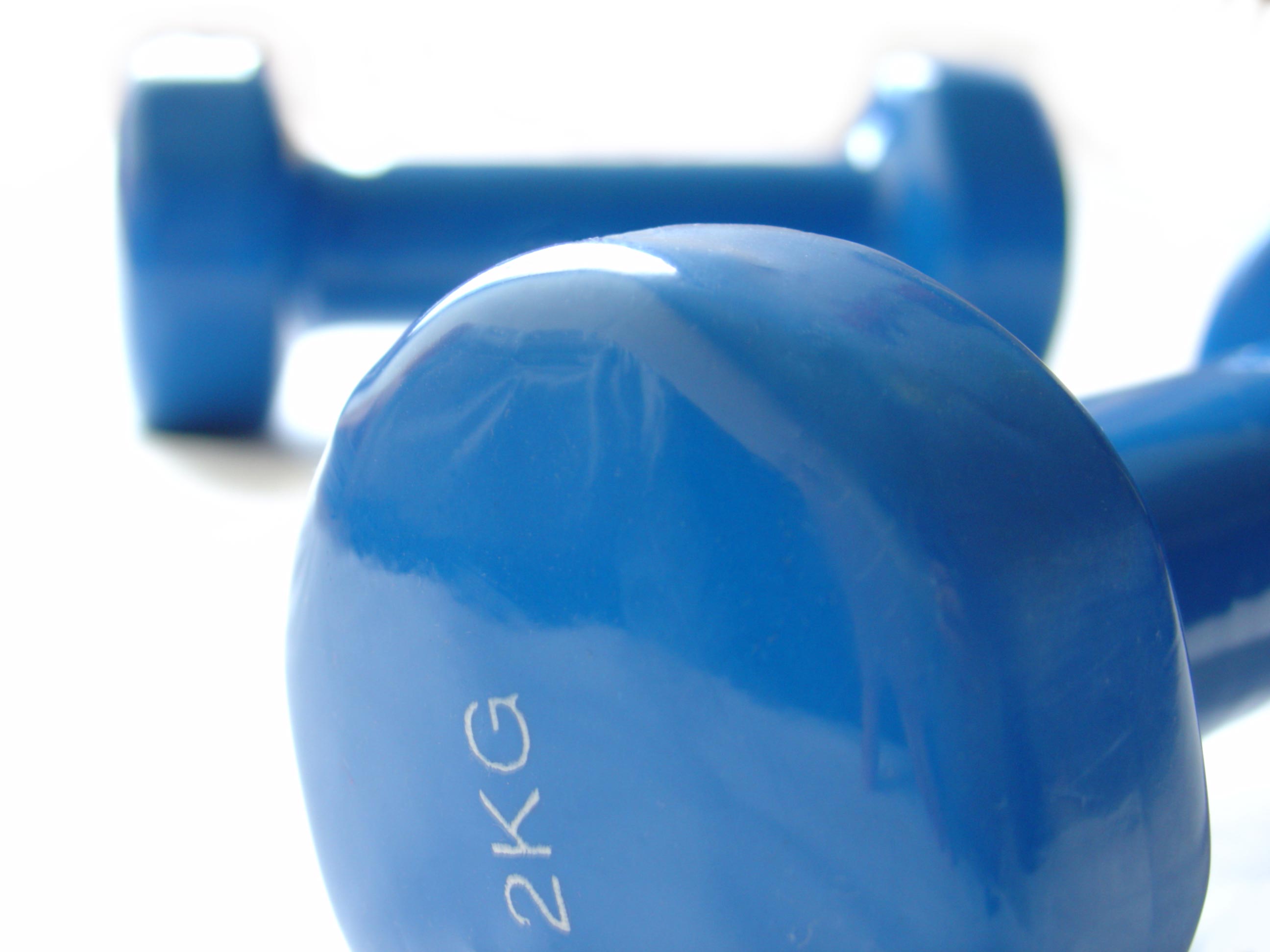Adapting MyPlate guidelines to fit your nutritional needs
Most of us remember the food pyramid that we were taught as kids in school. In 2011, the U.S. Department of Agriculture (USDA) replaced the food pyramid with MyPlate.![]()
MyPlate is a general guide to healthy eating created to help you make good choices about what to eat and how much. MyPlate shows you how much of each food group you should eat each day based on your age, sex and level of physical activity. Food groups are depicted on a plate instead of a pyramid to show how your plate should be set up.
MyPlate’s 10 Tips Nutrition Education Series highlights some important tips for each of the food groups for you to consider. Here are some suggestions and easy swaps that you can try:
- Switch out sugary or granola-type cereals for oatmeal or an English muffin.
- Avoid adding cream or excess butter, or frying vegetables. Opt for spices to add flavor.
- Eat your fruit instead of drinking it. Fruit juice or drinks sweetened with sugar have far more calories and are less filling than fruit itself.
- Be mindful of sugar and added ingredients in yogurt.
- Avoid processed meats, especially with sodium nitrate and other harmful additives (think bacon, sausage, deli meat, etc.)
Some people living with mobility impairments or other chronic health conditions have trouble meeting MyPlate guidelines because of chewing difficulty. This is especially true when it comes to eating nuts and some vegetables. MyPlate demonstrates the importance of eating our veggies, and we know it’s especially important for people with limited movement who need the extra fiber to help with digestive problems. So, if you sometimes have trouble eating your fruits and vegetables, here are some tips to help you out:
- Bite size – Chopping or grating foods can make them easier to eat.
- Smoothies and soups – Blending foods together to make them drinkable reduces the need for chewing and could reduce the need for assistance. Just be sure to use the whole fruit or vegetable so that you still benefit from all the fiber.
- Cooking time – The general rule for cooking many vegetables is to cook them until they are crisp tender; however, for chewing purposes, steaming them a few extra minutes can make them softer and easier to eat.
- Crockpots and meat thermometers – Lean meats such as chicken dry out easily, making them harder to chew. Cooking them in a crockpot will keep them moist. Using a meat thermometer will help you cook meat to a safe temperature without overcooking it and drying it out.
- Marinating and tenderizing – Marinating your meats and using a meat tenderizer are two more ways to make meat a little softer and easier to eat.
- Add to other foods – Adding finely chopped veggies into other foods, say a quiche or spaghetti sauce, makes them easier to eat (and hidden if you don’t always care for the taste).
If you really struggle to eat your fruits and veggies, try making this piña colada green smoothie and pretend it’s the real thing! Maybe add a cocktail umbrella and drink it by a pool – just be sure not to melt in the Texas heat!
-By Rachel Markley, M.P.H., and Stephanie Silveira, B.S., research assistants for the GoWoman study, Center for Research on Women with Disabilities at Baylor College of Medicine and TIRR-Memorial Hermann




Pingback: None whole oatmeal nutrition facts